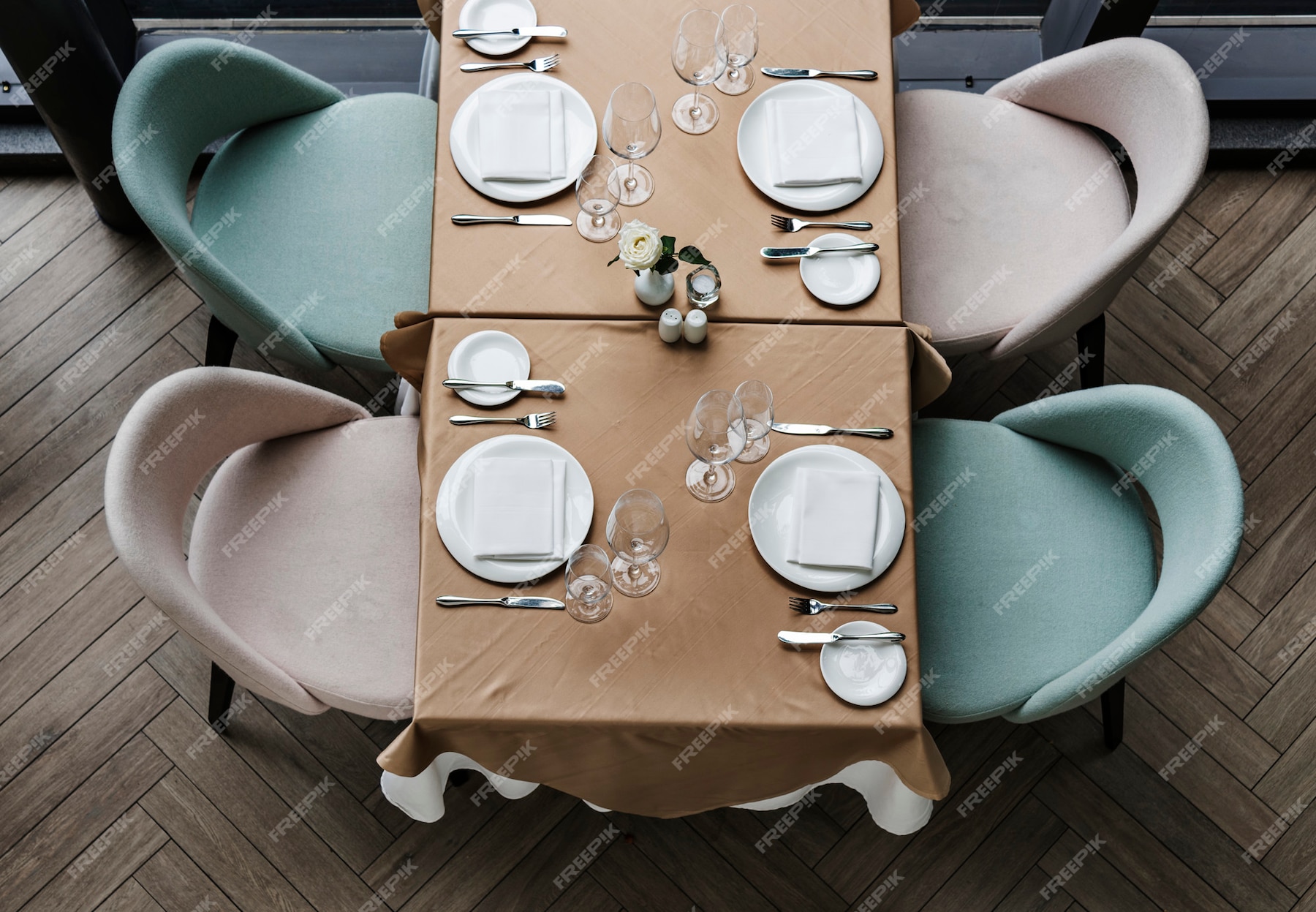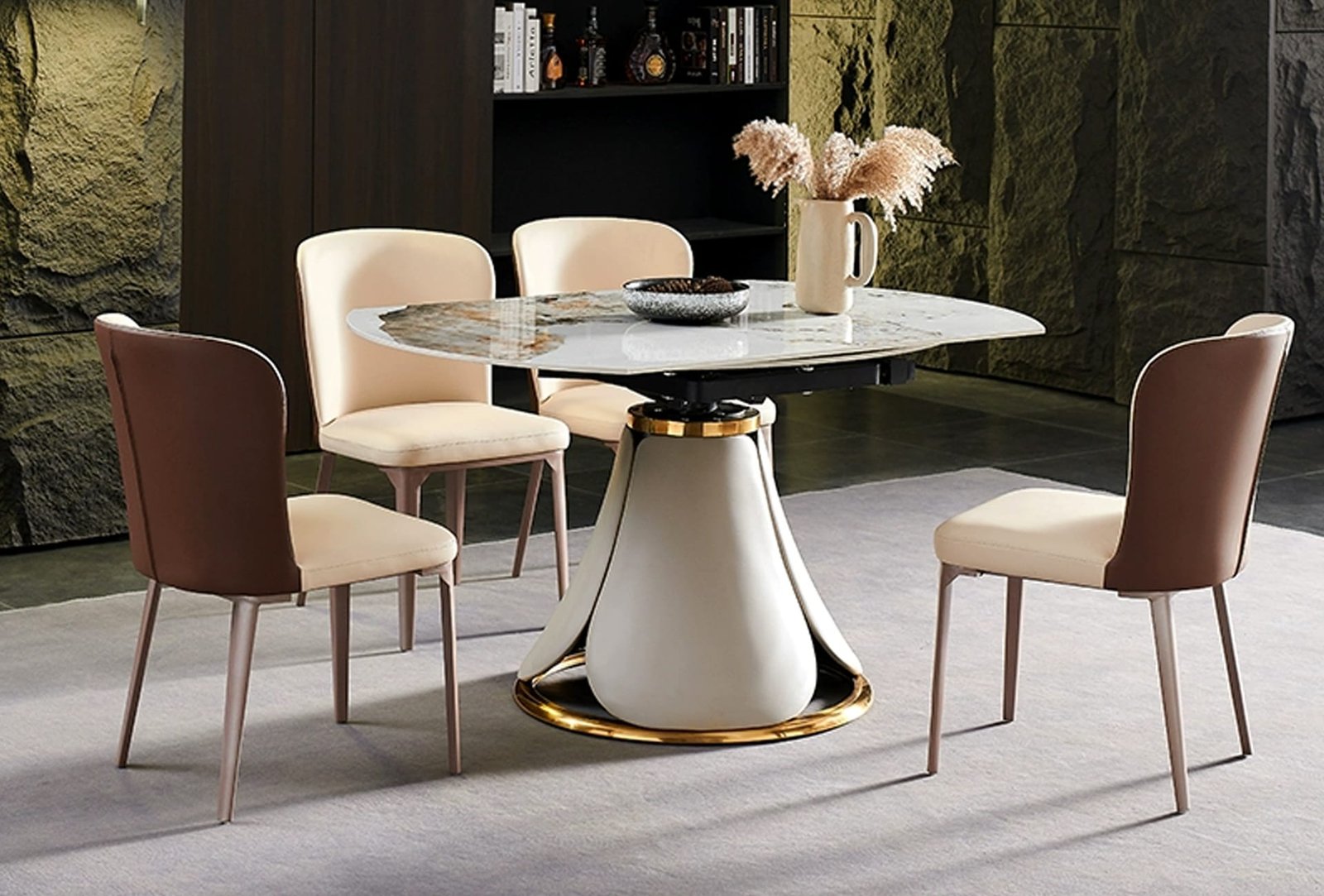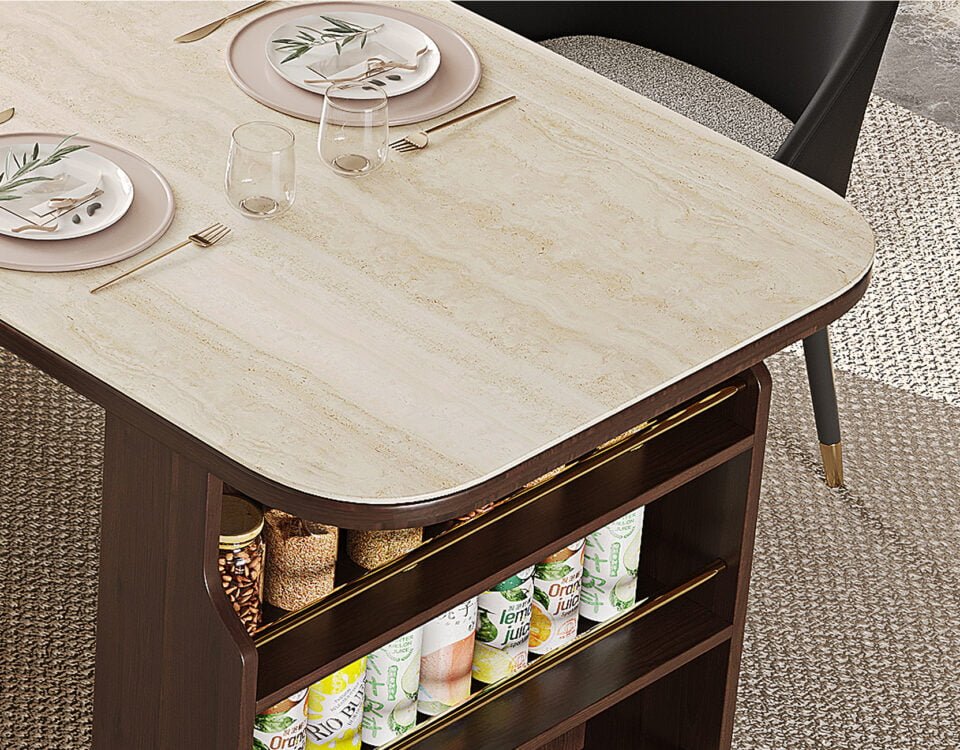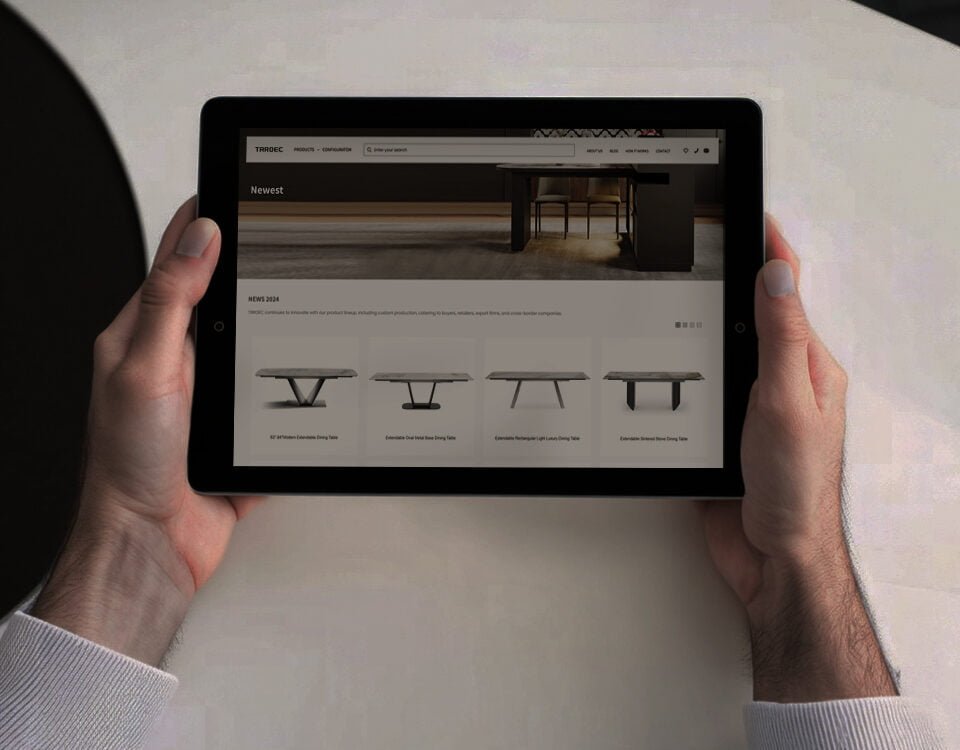As sustainability becomes a core focus for consumers worldwide, the furniture industry is undergoing a transformation. The demand for eco-friendly materials, ethical manufacturing, and durable products is shaping how we design, produce, and purchase furniture. In 2024, sustainable furniture is not just a trend—it’s a movement toward a more responsible and conscious way of living.
This article explores the rise of sustainable furniture and why it’s increasingly becoming the future of home design.

The Growing Demand for Eco-Friendly Furniture
More than ever, consumers are prioritizing environmentally conscious purchases. As awareness of environmental issues like deforestation, plastic waste, and carbon emissions grows, shoppers are looking for ways to reduce their impact. In the world of furniture, this means choosing items made from sustainable materials, such as reclaimed wood, recycled metals, and natural fibers like bamboo or hemp.
These materials aren’t just better for the planet; they often lead to unique, high-quality pieces that bring a sense of craftsmanship and authenticity into the home. As consumers increasingly seek to align their purchases with their values, companies that prioritize sustainability are gaining significant traction.
How Manufacturers Are Embracing Sustainability
Furniture manufacturers are responding to this shift by embracing eco-friendly production methods and sourcing sustainable materials. Many companies are moving away from mass-produced, disposable furniture and focusing on pieces designed to last. Some of the key sustainable practices in the industry include:
- Recycling materials: Instead of using new resources, manufacturers are recycling wood, metal, and plastic to create new furniture, reducing waste.
- Sustainable sourcing: Brands are increasingly choosing materials like FSC-certified wood, which ensures that the wood comes from responsibly managed forests.
- Energy-efficient production: Factories are using renewable energy sources like solar or wind power to minimize the carbon footprint of production processes.
These practices not only reduce environmental impact but also create a strong brand image that appeals to eco-conscious consumers.
Sustainable Materials in Modern Furniture
One of the biggest drivers behind the rise of sustainable furniture is the use of eco-friendly materials. Reclaimed wood, for example, is a popular choice for those looking to reduce their environmental footprint. This material offers a rustic charm and ensures that no additional trees are cut down in the process. Bamboo is another material gaining popularity due to its fast growth rate and minimal need for pesticides or fertilizers.
Natural textiles like organic cotton, linen, and hemp are also on the rise. These materials are grown without the use of harmful chemicals, making them better for both the environment and your home. Additionally, many sustainable furniture pieces now come with natural, non-toxic finishes, further reducing the indoor air pollution often associated with conventional furniture.
The Role of Circular Economy in Furniture Design
One of the most exciting developments in the sustainable furniture movement is the shift towards a circular economy. Instead of the traditional “take, make, dispose” model, the circular economy focuses on keeping products and materials in use for as long as possible. This means designing furniture that can be easily repaired, refurbished, or recycled, ensuring minimal waste at the end of its life cycle.
Furniture companies are increasingly offering take-back programs, where customers can return old furniture to be refurbished and resold or broken down and recycled. This not only keeps materials out of landfills but also allows companies to reuse valuable resources. The circular economy model is gaining momentum as both consumers and businesses recognize the long-term benefits of reducing waste and maximizing the lifecycle of furniture.
Why Sustainable Furniture is the Future of Home Design
Sustainable furniture offers far more than just eco-friendly materials—it reflects a broader cultural shift towards mindful consumption. The combination of durability, craftsmanship, and environmental responsibility appeals to a new generation of homeowners who want their living spaces to align with their values. As sustainability becomes a top priority in home design, consumers are investing in quality over quantity, choosing long-lasting pieces that make a positive impact on the planet.
In addition, governments and regulatory bodies are increasingly encouraging sustainable practices. Many countries have introduced incentives for companies that adopt eco-friendly production methods or use renewable resources, pushing the entire industry towards greener standards.
For consumers, sustainable furniture offers a way to create beautiful, functional homes while being mindful of their impact on the environment. It’s a win-win scenario—people get high-quality furniture that lasts, and the planet benefits from reduced waste and resource consumption.

Conclusion
As the demand for sustainable living continues to rise, the future of furniture lies in eco-friendly design and production. Consumers are shifting away from disposable, mass-produced items in favor of durable, thoughtfully crafted pieces made from sustainable materials. For furniture companies, embracing this trend is not just good for the environment—it’s good for business. Those that prioritize sustainability will find themselves leading the market in the years to come.
By incorporating sustainable practices and creating eco-friendly products, the furniture industry is paving the way for a greener, more responsible future. Whether it’s through the use of reclaimed wood, non-toxic materials, or adopting the circular economy model, sustainable furniture is setting the standard for modern homes.







